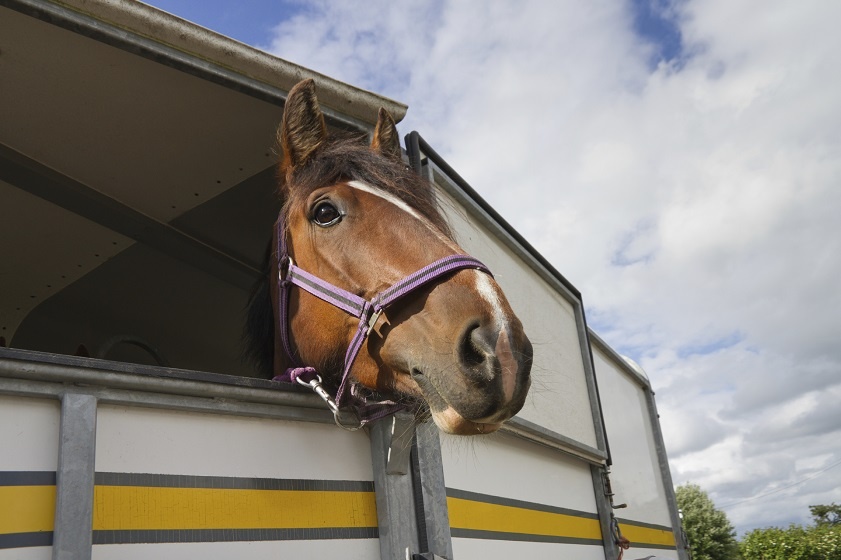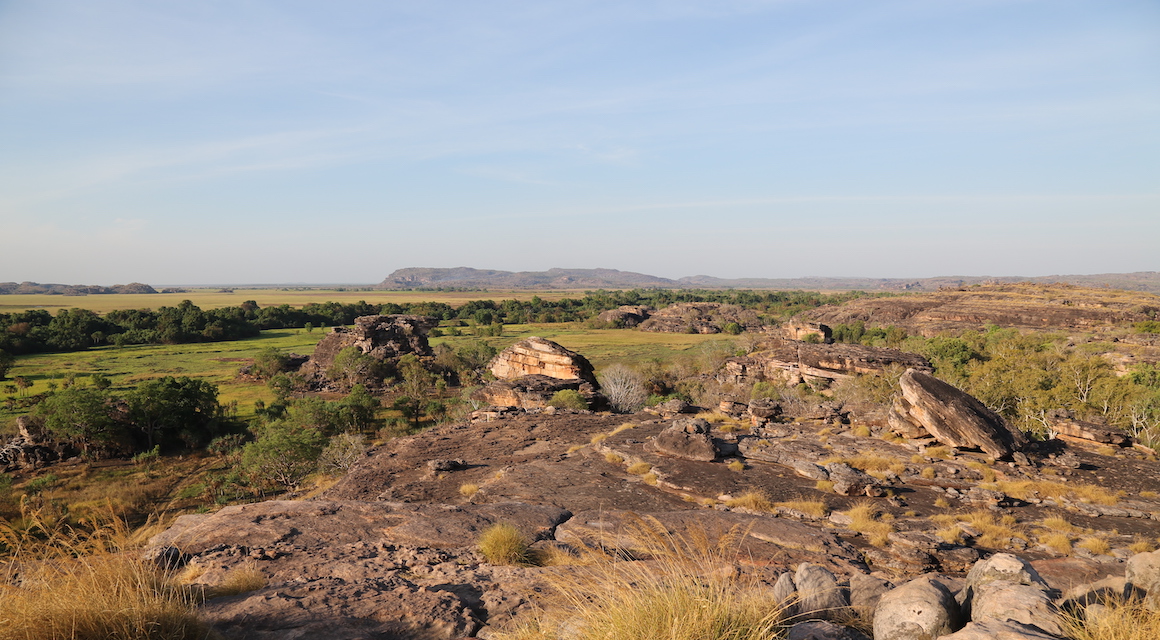Have you recently bought a horse and are wondering how to tow a horse trailer? A moving load requires extra care, so here’s some practical advice to ensure you and your animals arrive safely.
Towing horse trailers is not like towing any other load. Horses are heavy, with most of their weight sitting a metre or so above the trailer floor. They also move around, usually in an attempt to keep their balance.
Before loading the horse
The trailer, tow bar and couplings must be correctly mounted and rated for the load. Remember that while the horse might weigh 450–500kg, it is not a fixed load; it will be top-heavy and shift during transit.
A weight distribution hitch distributes weight evenly across all axles of the vehicle and trailer, offering a level ride with better control and stability. Consider installing one for your animal’s safety and comfort.
Always check the condition of the tyres, bearings, brakes and electrical wiring on the float before loading the horse(s). For their sake and your safety, everything needs to be in top working condition.
On the road
Several factors impact horses’ comfort and safety in transit; this is mostly to do with their ability to retain balance. Remember, the more they move to stay upright the more it impacts your driving, so the best experience for all will be a smooth, gentle ride.
- Cornering
When cornering, keep in mind the load is top-heavy and constantly shifting. Brake early into turns and drive through smoothly. Give your horses an opportunity to get their balance or wait until the trailer is straight behind the car again before accelerating.
At T intersections, take the time and space you need, then accelerate slowly into the road. Roundabouts should also be taken with extra care, as they are often sloped, making the turn even more precarious.
- Braking
Resist pressure to drive faster than you feel is safe and give yourself plenty of room to brake.
Always keep a good distance between your vehicle and those in front of you and start slowing down well before you need to to give the horse time to adjust its weight and stance.
- Reversing
It’s essential you get this right – the last place your horse wants to be is in a trailer that you’re flicking back and forth in an attempt to reverse.
Using your door mirrors to see, hold the bottom of the steering wheel; when you see more of the float in one mirror than the other, gently turn the steering wheel towards that mirror. If it goes pear-shaped just stop and drive forward until you’re straightened out, then start again.
Horses are individual, and one won’t travel the same as another. Learn how your horse handles the float so you can help it stay upright and as comfortable as possible.
Are you looking for a new horse trailer? Check out our handy guide first.





